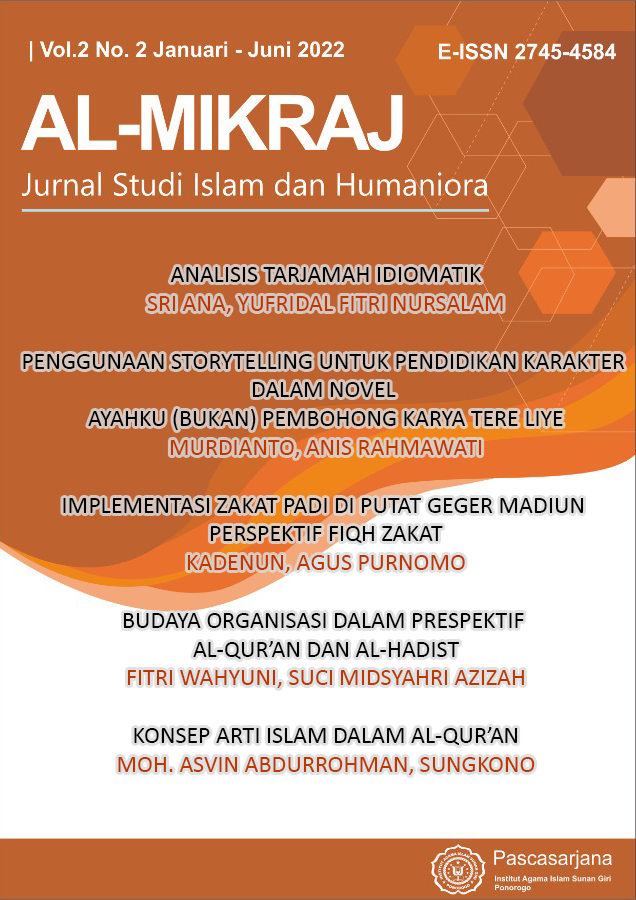Evaluation and Planning Of Acidizing Method to Resolve Scale Issues in Well "YDK-01," "Sandy" Field
DOI:
https://doi.org/10.37680/almikraj.v2i2.7209Keywords:
Inflow Performance Relationship; Permeability; Productivity IndexAbstract
The “YDK-01” well has alkaline Formation Water with a pH value of 8,3. Therefore, Scale can form in the productive zone so that over time, Scale will continue to settle and be difficult to solved. From several Acidizing methods, Matrix Acidizing is the most recommended because in the wells examined there are indications of a positive Skin value (Formation Damage). Matrix Acidizing is a Reservoir stimulation method used to overcome Formation Damage in the wells caused by Scale. In this research, it is done using manual calculations using (Stiff & Davis), (Skillman, McDonald & Stiff) and Inflow Performance Relationship Wiggins equations, which aims to evaluate the problem of Scale. Changes in well production rates can be seen from a comparison of several parameters before and after Acidizing such as: Inflow Performance Relationship curve, Permeability value, Productivity Index value, and Skin. In the “YDK-01” well, there was an increase in the Qomax value of 47.16 bopd. The Productivity Index value of oil which was previously 0.129 bopd/psia, has changed to 0.198 bopd/psia. Permeability value has increased by 12 md and Skin value has decreased by 28.54. Parameters above prove that the Matrix Acidizing method works well in overcome scale on the well.
Downloads
Published
Issue
Section
License
Copyright (c) 2022 Wawan Andi’ Padang, M. Nur Mukmin, Rohima Sera, Bambang Wicaksono, Dharma Arung Laby, Iin Darmiyati

This work is licensed under a Creative Commons Attribution-NonCommercial 4.0 International License.








